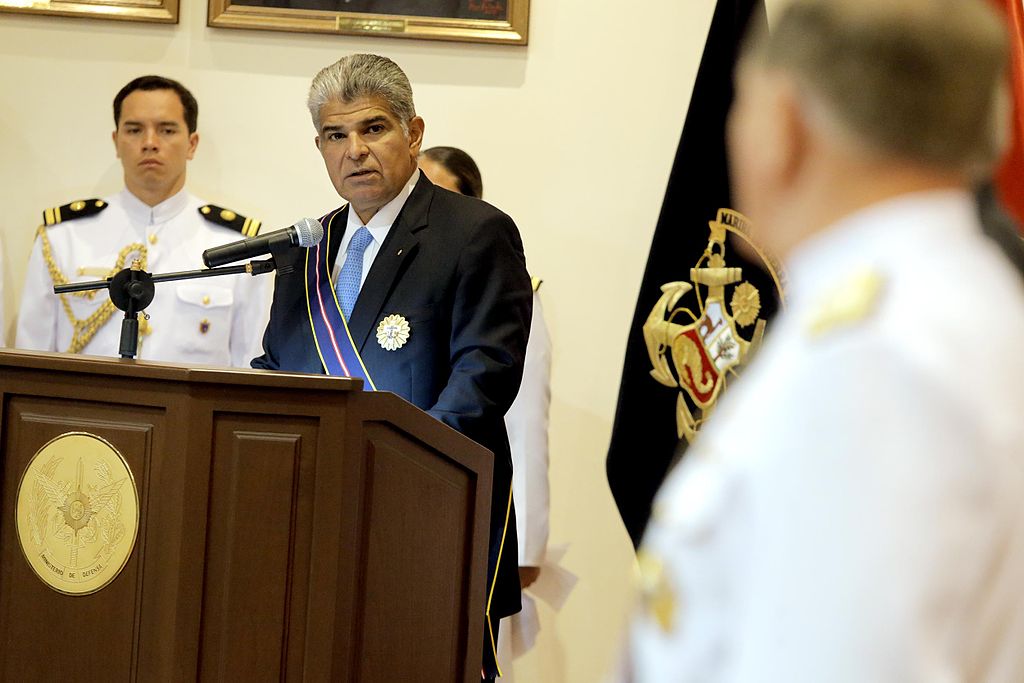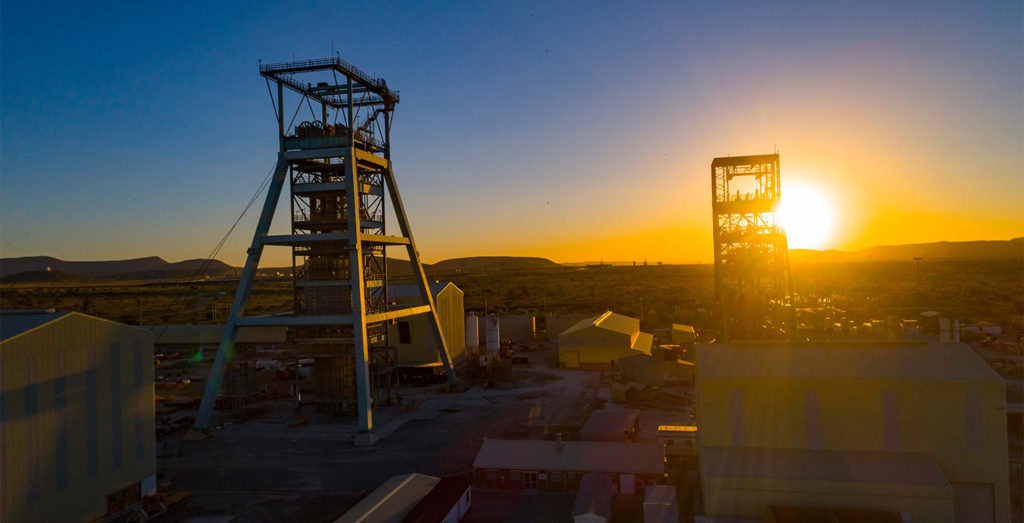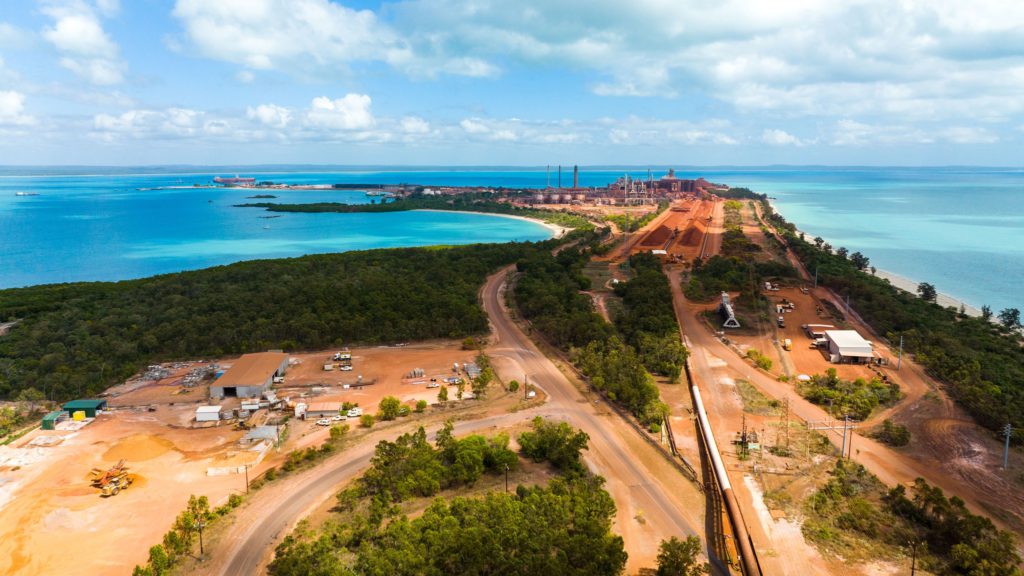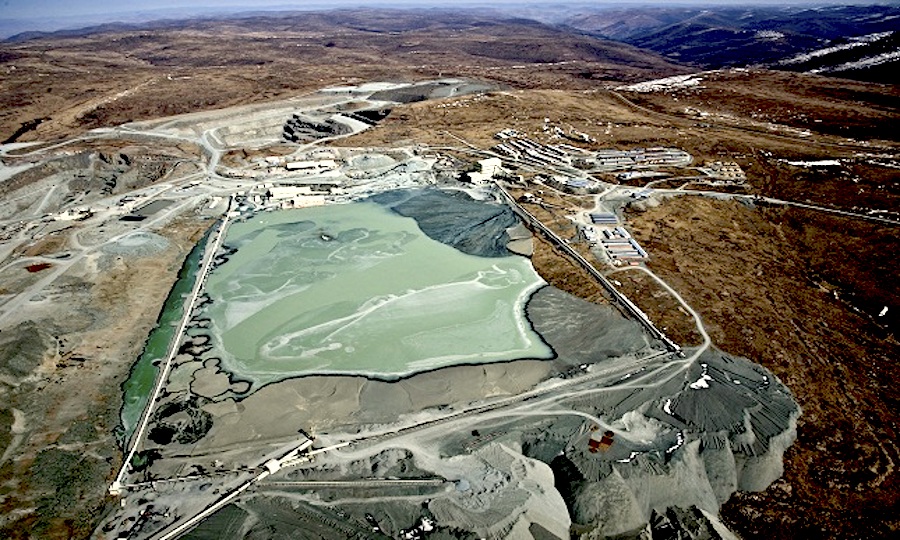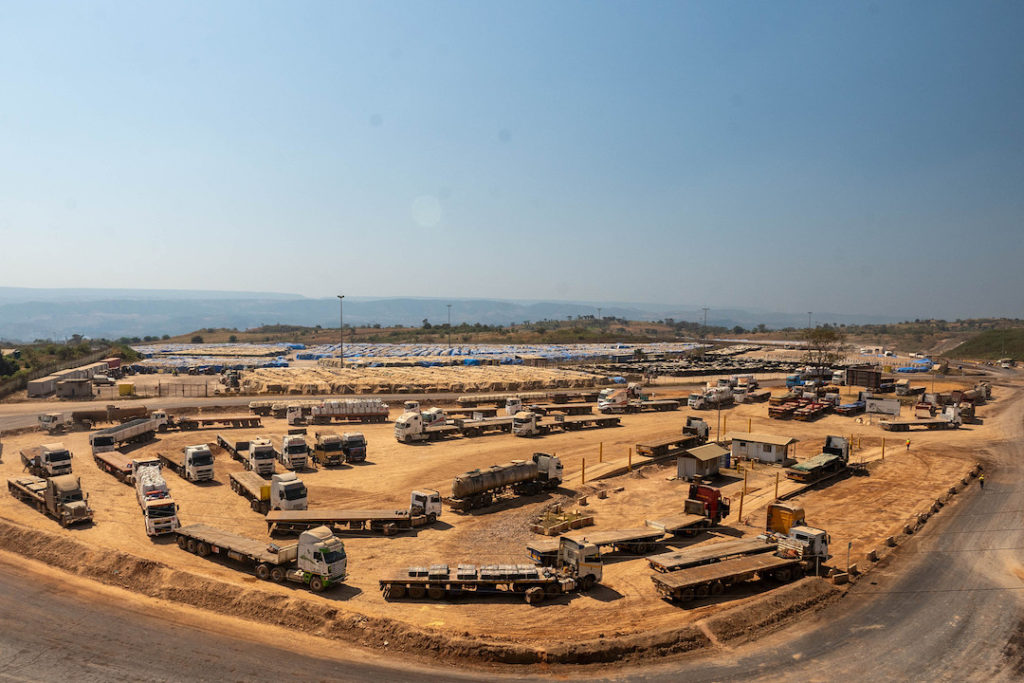Paris (AFP) – Three planes, 270 tonnes of equipment, 800 square metres of stage: the figures from Madonna's massive free concert in Rio in May sounded like they came from another age.
Issued on: 04/07/2024
]
These days, megastars are usually keener to claim a smaller footprint.
Coldplay, who just headlined Glastonbury Festival in Britain, recently announced they had cut carbon emissions on their world tour by 59-percent compared with their last tour in 2016-17.
They have taken innovative steps including solar panels and even a special dance floor that generates electricity from the movement of the audience.
Critics point out they are still flying around on planes, and there was particularly opprobrium in 2022 when they announced a partnership with Finnish oil giant Neste.
Though Neste promised to help them use sustainable biofuels, the Transport and Environment campaign group said Coldplay were being used by the oil firm as "useful idiots for greenwashing".
Though the overall impact is hard to measure, one study by University of Oxford's Environmental Change Institute in 2010 estimated that Britain's industry alone generated 540,000 tonnes of carbon emissions annually.
Climate group Clean Scene found that the top 1,000 DJs took 51,000 flights in 2019, equivalent to 35,000 tonnes of CO2 emissions.
Climate commitments
As a result, all the big festivals now have climate pledges and initiatives, from composting and car-pooling schemes at Coachella in California to renewable energy usage at Glastonbury.
One festival that has taken a lead is We Love Green in Paris, as the name suggests.
Some 110,000 festival-goers attended last month's event to see artists including Sza, who travelled with "almost no equipment" according to Marianne Hocquard, the festival's head of sustainable development.
She said that was down to the festival ensuring they have much of the equipment needed by its artists, and setting energy caps for performances.
Others have taken radical steps: the Bon Air festival in Marseille canceled DJ I Hate Models this year after learning that he was coming by private jet.
Many events now encourage their attendees to take greener modes of transport.
We Love Green launched a partnership with the French Cycling Federation to organise convoys of bikes for this year's edition, and said 14 percent of ticket-holders came on two wheels despite the dodgy weather, up from eight percent last year.

But there is a limit to how much can be done.
When Taylor Swift played Paris in May, the city mayor's office said there was a surge in arrivals of private jets at local airports.
Private jet operators have been jumping on entertainment events such as festivals or the Euro 2024 football tournament to boost their business.
There was little about the climate in a recent press release by private jet operator KlasJet, which said: "When you're traveling to an amazing event like Euro 2024, the last thing you want is for your experience to be ruined by a delayed flight."
© 2024 AFP
 Young visitors in front of Renoir's 'La Natte' (The Braid) at the Heritage Foundation in Lausanne © Valentin Flauraud / AFP
Young visitors in front of Renoir's 'La Natte' (The Braid) at the Heritage Foundation in Lausanne © Valentin Flauraud / AFP The 19th-century villa that is home of the Heritage Foundation, where the Langmatt chose for the first-ever loan of its Impressionest collection © Valentin Flauraud / AFP
The 19th-century villa that is home of the Heritage Foundation, where the Langmatt chose for the first-ever loan of its Impressionest collection © Valentin Flauraud / AFP

